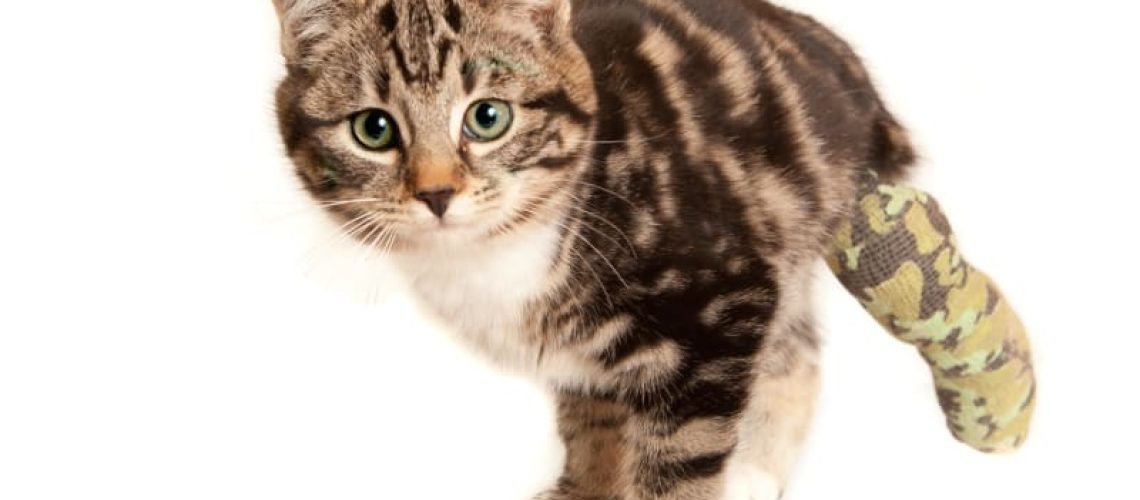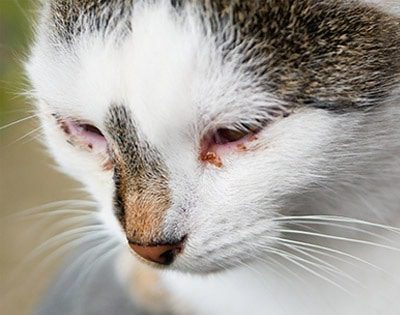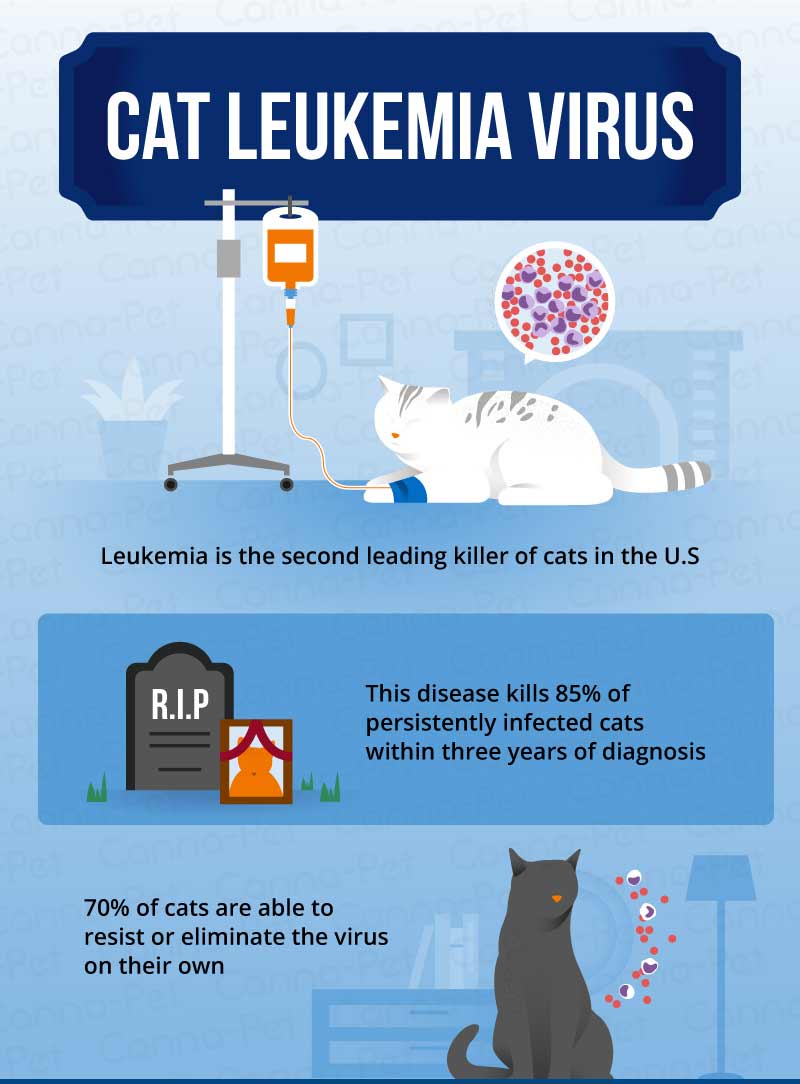Have you ever noticed a cat limping? It's not only a heartbreaking sight but also a cause for concern. Understanding the causes and care for a limping cat can provide immense value, not only for their well-being but also for your peace of mind. Whether you're a cat owner or simply interested in feline health, this topic is essential to grasp. By delving into the world of the limping cat, we can uncover the underlying reasons behind their discomfort and explore effective ways to provide them with the care they need. So, let's embark on this journey together and unravel the mysteries of the limping cat!
Key Takeaways:
- Limping in cats can be caused by various factors such as injury, arthritis, infection, or cancer.
- It is important to observe the cat's behavior and check for any signs of pain or discomfort when they are limping.
- Seek veterinary attention if the limping persists for more than a day or if there are other concerning symptoms present.
- Treatment options for a limping cat may include rest, medication, physical therapy, or surgery depending on the underlying cause.
- Prevention measures such as providing a safe environment and regular exercise can help reduce the risk of injuries and joint problems in cats.
The Limping Cat: Causes and Care
Why Cats Start Limping: Common Causes
When a cat starts limping, it can be concerning for pet owners. There are several common causes that may lead to a cat limping. One possible cause is a sprain or strain. Just like humans, cats can twist or stretch their muscles or ligaments while jumping or playing. Another common cause is a fracture or break in one of the cat's bones. This can happen if the cat falls from a high place or gets into an accident.
Arthritis is another reason why cats may start limping. Arthritis is a condition where the joints become inflamed and painful over time. It commonly affects older cats, but can also occur in younger ones. Infections, such as abscesses, can also lead to limping in cats. Abscesses are pockets of pus that form due to bacterial infections, often caused by fights with other animals.
Injuries and Illnesses That Cause a Cat to Limp
Cats may limp due to various injuries and illnesses. One common injury is a torn ligament in the knee joint, known as a cruciate ligament tear. This type of injury can occur when the cat jumps from high places or lands awkwardly after a fall.
Illnesses such as osteomyelitis, which is an infection of the bone, can also cause limping in cats. Osteomyelitis usually occurs when bacteria enter the bloodstream and spread to the bones. Additionally, certain diseases like feline leukemia virus (FeLV) or feline immunodeficiency virus (FIV) can weaken a cat's immune system and make them more prone to infections and subsequent limping.
Recognizing Pain in a Limping Cat
It's important to recognize if a cat is in pain when they are limping. Cats may not show obvious signs of pain, but there are some subtle cues to look out for. They may become more withdrawn or irritable, and their appetite may decrease. Cats in pain may also groom themselves excessively or exhibit changes in their litter box habits.
If you suspect your cat is in pain, it's essential to handle them gently and avoid putting pressure on the affected limb. Observing their behavior and consulting with a veterinarian can help determine the best course of action for managing their pain.
Home Remedies and First-Aid for a Limping Cat
While it's always best to consult with a veterinarian for proper diagnosis and treatment, there are some home remedies and first-aid measures that can provide temporary relief for a limping cat. One simple remedy is applying an ice pack wrapped in a towel to the affected area for about 10 minutes at a time. This can help reduce inflammation and provide some pain relief.
Another first-aid measure is keeping the cat confined to a small space where they can rest comfortably without exerting themselves further. It's important to provide soft bedding and ensure they have access to food, water, and litter box facilities within reach.
When to Take Your Limping Cat to the Vet
In most cases, it's advisable to take your limping cat to the vet as soon as possible. While minor sprains or strains may resolve on their own with rest, some causes of limping require medical attention. If your cat has an open wound or shows signs of severe pain, such as crying or refusing to put weight on the affected limb, it's crucial to seek veterinary care immediately.
Additionally, if the limping persists for more than a day or two, worsens over time, or is accompanied by other concerning symptoms like fever or lethargy, a vet visit is necessary. A veterinarian will be able to perform a thorough examination, diagnose the underlying cause of the limping, and recommend appropriate treatment.
Treatments and Medications for a Limping Cat
The treatment for a limping cat depends on the underlying cause. In cases of minor injuries or strains, rest and pain management may be sufficient. This can involve limiting the cat's activity and providing medications prescribed by a veterinarian to alleviate pain and reduce inflammation.
If the limping is due to an infection or illness, such as osteomyelitis or arthritis, antibiotics or anti-inflammatory medications may be necessary. In some cases, surgery may be required to repair fractures or torn ligaments.
Preventing Injuries and Limping in Cats
Preventing injuries and limping in cats involves creating a safe environment for them to live and play in. Keep windows securely screened to prevent falls from high places. Avoid exposing cats to potentially dangerous situations with other animals that could lead to fights and subsequent injuries.
Regular veterinary check-ups can help detect any underlying health conditions early on before they progress to causing limping. Additionally, providing cats with proper nutrition and exercise can help maintain their overall health and reduce the risk of developing conditions like arthritis.
Other Signs of Serious Conditions in a Limping Cat
- Swelling around the affected limb
- Limping that worsens over time
- Lethargy or decreased activity level
- Fever
- Loss of appetite
- Visible deformity or misalignment of the limb
If you notice any of these signs in addition to limping, it's important to consult with a veterinarian promptly. These could indicate more serious underlying conditions that require immediate medical attention.
Why Cats Start Limping: Common Causes
Limping in cats can be caused by a variety of factors. One common cause is trauma, such as a fall or an accident. Cats are naturally curious and agile creatures, but sometimes their adventurous nature can lead to injuries. Another common cause of limping in cats is arthritis. Just like humans, cats can develop joint inflammation and pain as they age. Infections, such as abscesses or bone infections, can also result in limping. Additionally, certain diseases like feline leukemia virus (FeLV) or feline immunodeficiency virus (FIV) can weaken a cat's immune system and make them more prone to limping.
Injuries and Illnesses That Cause a Cat to Limp
Cats may limp due to various injuries and illnesses. Sprains and strains are common injuries that can occur when a cat jumps from high places or engages in rough play. Fractures or broken bones can also cause limping, especially if the injury is severe. Muscle tears or ligament damage can result from sudden movements or overexertion. In some cases, tumors or cysts may grow near the joints, causing discomfort and limping. It's important to note that not all limping is caused by physical injuries; underlying medical conditions like nerve damage or autoimmune disorders may also contribute to a cat's limp.
Recognizing Pain in a Limping Cat
When a cat is limping, it's crucial to recognize signs of pain so appropriate measures can be taken for their well-being. Cats may exhibit behavioral changes such as increased aggression, irritability, or withdrawal when they are experiencing pain. They might also groom excessively around the affected area or avoid putting weight on the injured leg altogether. Swelling, redness, or warmth around the limb could indicate inflammation or infection. It's important to observe the cat's overall demeanor and monitor their appetite and activity levels. If a cat shows signs of persistent pain or if the limp worsens, it's essential to seek veterinary attention promptly.
Home Remedies and First-Aid for a Limping Cat
While it's always best to consult a veterinarian for proper diagnosis and treatment, there are some home remedies and first-aid measures that can provide temporary relief for a limping cat. One simple step is to ensure the cat has a comfortable resting area with soft bedding. Applying a cold compress wrapped in a towel to the affected area can help reduce swelling and provide pain relief. However, it's crucial not to apply ice directly to the skin as it may cause frostbite. Additionally, keeping the cat calm and limiting their physical activity can prevent further aggravation of the injury. It's important to remember that these home remedies are not substitutes for professional veterinary care, so seeking medical advice should always be prioritized.
When to Take Your Limping Cat to the Vet
If your cat is limping, it's generally recommended to consult a veterinarian as soon as possible. However, certain signs indicate an immediate need for veterinary attention. If your cat is unable or unwilling to bear weight on the affected limb, if there is an open wound or bleeding, or if they show signs of severe pain such as crying or constant meowing, immediate veterinary care is necessary. Other concerning symptoms include rapid breathing, pale gums, or loss of appetite. Even if the limp seems minor initially, it's better to err on the side of caution and have your cat evaluated by a professional who can determine the underlying cause and provide appropriate treatment.
Treatments and Medications for a Limping Cat
The treatment options for a limping cat depend on the underlying cause. In cases of trauma or injury, the veterinarian may recommend rest, pain medication, and possibly physical therapy to aid in recovery. If arthritis is the cause, anti-inflammatory medications or joint supplements might be prescribed to alleviate pain and improve mobility. Infections may require antibiotics or other specific treatments to address the underlying issue. Tumors or cysts may necessitate surgical intervention for removal. It's important to follow the veterinarian's instructions carefully and administer any prescribed medications as directed to ensure the best possible outcome for your cat.
Preventing Injuries and Limping in Cats
Taking preventive measures can help reduce the risk of injuries and limping in cats. Providing a safe environment with minimal hazards, such as secure windows and balconies, can prevent falls. Regular exercise and playtime can help keep cats active and maintain their muscle strength, reducing the likelihood of strains or sprains. Maintaining a healthy weight through proper nutrition can also minimize stress on joints and decrease the chances of developing arthritis. Regular veterinary check-ups are essential for early detection of any underlying health issues that could lead to limping. By being proactive in providing a safe and healthy lifestyle for your cat, you can significantly reduce their risk of experiencing limping episodes.
Other Signs of Serious Conditions in a Limping Cat
While limping itself is a concerning symptom, there are other signs that may indicate more serious conditions in a cat. If your cat experiences sudden weight loss, has difficulty breathing, shows signs of weakness or paralysis in addition to limping, it could be indicative of a more severe underlying condition such as cancer or neurological disorders. Changes in behavior like excessive thirst or urination, vomiting, diarrhea, or loss of appetite should also be taken seriously. These additional symptoms warrant immediate veterinary attention to properly diagnose and treat any potential serious health issues that may be affecting your cat's well-being.
In conclusion, a limping cat can be caused by various factors such as injuries, arthritis, or infections. It is important to provide proper care and seek veterinary help to diagnose and treat the underlying cause for the cat's well-being and comfort.
How can I treat my cat limping at home?
To reduce swelling in your cat's sprain, bruise, or tendonitis, you can apply ice packs to the affected area twice a day for 15 minutes each time. Moving water helps improve blood flow, reduces swelling, and aids in the healing process. If your cat is comfortable, you can gently place her in a tub and gently swirl water around her leg.
Can a cat limp heal on its own?
If your cat is experiencing a slight limp but appears to be otherwise healthy, it is acceptable to wait a few days and observe if it is a minor injury that will heal on its own.
What to do if your cat is limping but still acting normal?
The cause of the limp could be as minor as a muscle strain from excessive activity. However, it could also indicate a more severe issue such as arthritis, bone cancer, or heart disease. There are cases where the limp may be the result of a significant injury, so it is crucial to seek immediate veterinary attention for your pet.
How long does a cat limp last?
The cat's limp should go away in a few weeks, and typically, there is no need for a follow-up appointment unless surgery was involved. After the cat has completely healed, it is recommended for the owner to keep the cat indoors if it was previously allowed to roam outside.
How long does it take for a cats leg to heal on its own?
Cats usually take around 6-12 weeks to heal from broken bones, but this timeframe can vary based on factors such as the type and location of the fracture, the cat's age and overall health, and the treatment received. Older cats, overweight or obese cats, cats with other medical conditions like diabetes or heart disease, or cats with more complicated fractures may require a longer healing period.
What is a natural anti-inflammatory for cats?
Glucosamine and Chondroitin Sulfate are substances that have anti-inflammatory properties. They aid in the production of cartilage in the joints and provide additional protection for the urinary tract. Chondroitin also helps in the creation of cartilage and can prevent its destruction.

















